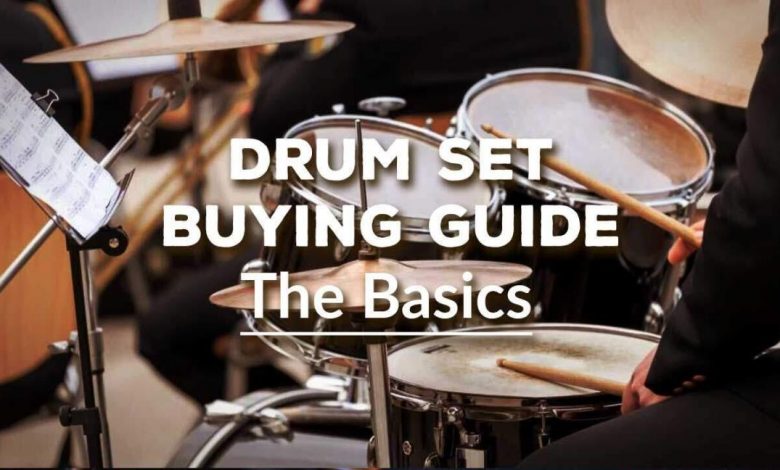The Drummer’s Role: Shaping Groove and Dynamics

The Drummer’s Role: Shaping Groove and Dynamics
The Importance of the Drummer’s Role
The drummer plays a crucial role in any musical ensemble. They are responsible for keeping the rhythm steady and anchoring the band’s sound. But beyond that, drummers also have the power to shape the groove and dynamics of a song. Let’s explore how they do that.
How Drummers Shape Groove
1. Timing and Pocket
Drummers lay down the rhythmic foundation by keeping time and playing in the pocket. Playing in the pocket means playing with precision and consistency. It’s about finding the perfect balance between playing solid and locking in with the other musicians. When drummers maintain a steady beat, it helps the other band members sync up and create a solid groove.
2. Syncopation and Accentuation
Drummers can add excitement and flavor to a groove through syncopation and accentuation. Syncopation refers to playing offbeat or unexpected rhythms, while accentuation involves emphasizing certain beats or notes. By incorporating syncopated rhythms and accenting important musical phrases, drummers can create intricate and interesting grooves that make listeners want to move.
3. Fills and Breaks
Fills and breaks serve as musical punctuation, adding variation and excitement to a groove. Drummers use fills to transition between different sections of a song, highlight key moments, or add improvisational elements. Well-placed fills can inject energy into a groove and keep the audience engaged.
How Drummers Shape Dynamics
1. Volume Control
Drummers have the power to control the dynamics of a song by adjusting their volume. They can play softly to create a mellow and laid-back feel, or hit the drums hard to build intensity and drive the energy of the music. Skillful dynamic control allows drummers to add depth and emotion to the overall sound of the band.
2. Ghost Notes and Accents
Ghost notes are soft, subtle drum strokes that add texture and depth to a groove. By incorporating ghost notes selectively, drummers can create a sense of groove that is both tight and expressive. Accents, on the other hand, are forcefully played notes that stand out and grab the listener’s attention. Drummers use accents strategically to emphasize certain moments in a song and add dynamics to the overall performance.
Frequently Asked Questions (FAQs)
Q: Can drummers shape the groove and dynamics in different music genres?
Yes, absolutely! The drummers’ role in shaping groove and dynamics is not limited to any specific genre. Whether it’s rock, jazz, funk, or pop music, drummers play a crucial role in driving the feel and energy of the music.
Q: How can drummers develop their skills in shaping groove and dynamics?
Developing skills in shaping groove and dynamics requires practice and experimentation. Drummers can start by studying different drumming styles and techniques, listening to a wide range of music, and playing with other musicians. It’s essential to be open-minded and willing to explore various rhythmic patterns, dynamics, and textures.
Q: What advice can you give to drummers who want to improve their groove and dynamics?
My advice would be to focus on developing solid timing and playing in the pocket. Practice with a metronome to improve your sense of rhythm and work on maintaining a steady beat. Listen to drummers you admire and try to analyze their playing style and techniques. Experiment with different accents, ghost notes, and fills to add variety to your grooves. And most importantly, practice regularly and have fun exploring your creativity behind the drum kit.
Remember, a skilled drummer has the ability to shape the groove and dynamics, taking the music to a whole new level. Keep honing your skills, embrace experimentation, and enjoy the journey of creating captivating rhythm and energy in every performance.



